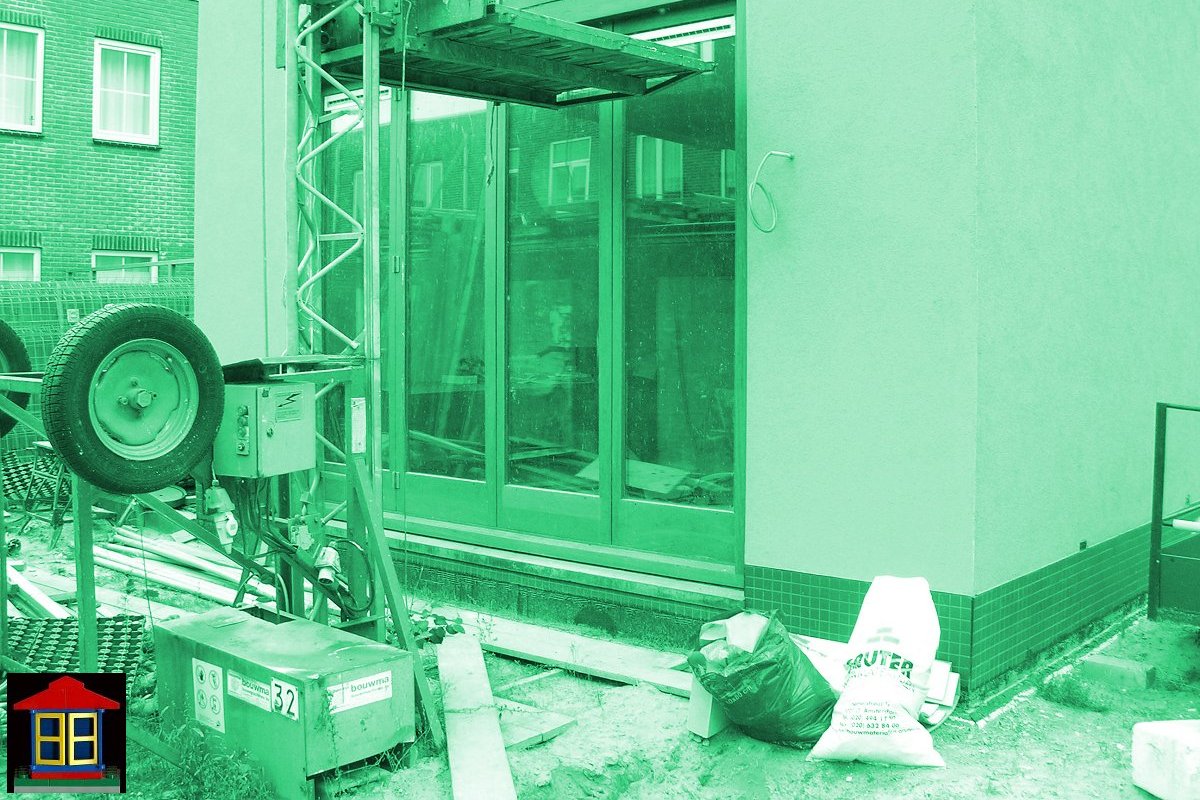Building social safety
Safety requires more than just good design
Robbie Keus interviewed urban planner and designer Rob van der Bijl (Safe Places / Veiligwonen.nl): “With a smart design you can ultimately eliminate a lot of maintenance costs.” Safety requires more than just good design. In general, people think too simplistically about social safety in the built environment. According to urban planner and designer Rob van der Bijl, attention irresponsibly focuses on the form, without paying attention to the usage and the maintenance. “The result: buildings and public spaces that are far below the desired safety level.”
Full text of the interview (in Dutch only: Secondant #3/4, juli-augustus 2007)
According to Van der Bijl, many people still think too easily about social safety. “It strikes me that very few new insights have been developed within the knowledge domain of social safety in the built environment. The principles of how to deal with this problem have hardly changed if you compare them with twenty-five years ago. It is very often assumed that there is a causal relationship between the way of building/design and the degree of safety. An important factor is still being overlooked: usage. While it is precisely the shape of the public space and the use of that space that together determine the safety performance. It takes good design based on the required use. This is the only way a space can achieve a good safety performance.”

Design and maintenance
However, Van der Bijl sees a change in the way social safety in the built environment is perceived. “I think that in the future the emphasis will increasingly be on the use and maintenance of the building or its environment. It is increasingly recognized that smart design can ultimately eliminate many maintenance costs.”
Social segregation
Despite the fact that Van der Bijl sees many positive changes, two developments within the built environment worry him. “My biggest concern is that the safety issue is exaggerated. Rich people create protected living areas, which must guarantee safety. Closed off private areas as enclaves within a neighborhood.
Technocratic approach
Van der Bijl is mentioning the increasingly technocratic approach to the safety problem as a second dangerous development: “The emphasis is on better locks, bigger fences and more cameras. How far can you take that? At a certain point you are no longer talking about safety, but about technocratic security. I think this approach will lead to much bigger safety concerns in the longer term.”
Full text of the interview (in Dutch only: Secondant #3/4, juli-augustus 2007)

Secondant is a professional magazine about crime prevention and societal safety and is published by the The Centre for Crime Prevention and Safety (CCV)
https://ccv-secondant.nl/
CCV is an independent foundation, that helps to identify and solve safety problems. Their aim is to make safety policy more effective and easier to implement. To that end, they offer information, know-how, instruments and tailored advice directed at safety at home, safe working and safe living. A preventative approach is always the starting point.
https://hetccv.nl/english/

